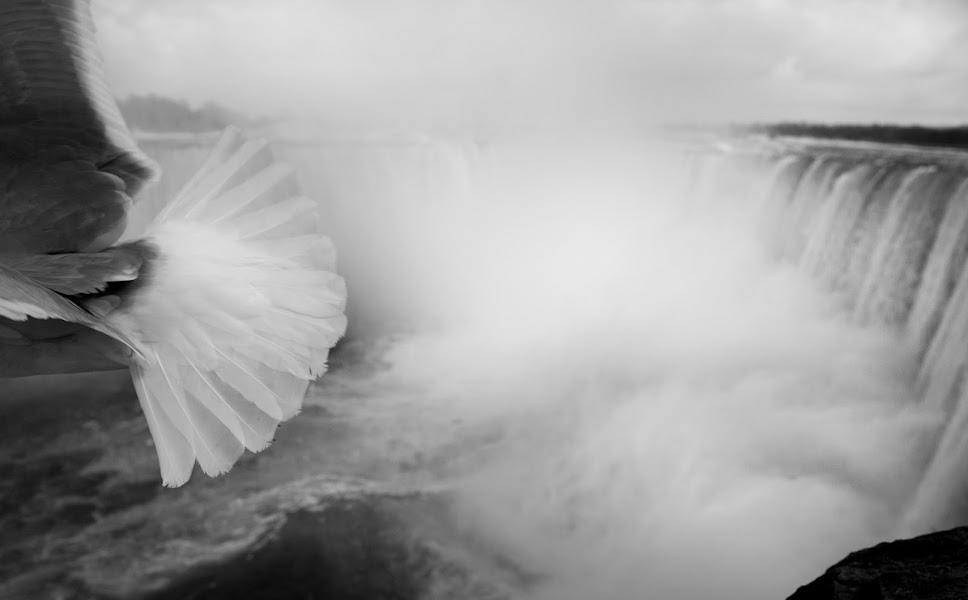I just read an interesting article by Peter Turnley about a printer to the greats in Paris named Voja Mitrovic and while it was enjoyable it also made me think about how our industry has changed through technology.
The art of print making may be slowly disappearing but we are also losing the great art of photo editing. Every photographer can benefit from the critical eye of a talented photo editor. Today's photographers rarely ever have another eye looking over their work, finding the frame within the frame, or the elusive moment missed by the first edit.
While I personally do miss spending time in the darkroom, like many I'm sure, I don't yearn for those days.
New technologies have helped the process of making images by photojournalists, and I guess specifically by those of us working for newspapers, but we are paying the price for speed and immediacy in other ways; good editing being the greatest of these IMHO.
While we are now able to shoot and deliver our images more quickly, our ability to do so means that editors want to see more, sooner, and more often; for the blog, the tweet, the web, the gallery, ....and of course to appease the query, "do you have any other good ones you could send?" We all need to be reminded that quality, not quantity should be our goal.
It's rush, rush, rush now for many of us, especially if you want to capture a few jerky seconds of video as well, and throw it together quickly back at the office, so it can be posted, clicked on, and clicked off just as quickly. We are in a reckless rush toward mediocrity that needs to be examined more critically.
While we are all expected to do more, in less time, staffing issues, expanded use of photos, and a broader field to search for photos in, means that most photo editors have much more demands on their time as well. It would be nice to say that we should all have a photo editor oversee our work more often, but could you imagine how many of them would react to a small staff of people sending them hard drives full of images to edit? This would sadly be an overwhelming situation in most cases, if possible to do at all.
The path our industry has taken through changes in technology has been an interesting one to say the least. There have been many positives, but also many negatives - the loss of the negative certainly being one.
I don't wish for a moment to go back in time. I love what I do, and I love the immediacy of it now. But I also love that I have had many years to experience the process of developing negatives, and producing prints in the darkroom. There is a certain Zen quality to time spent working on a print that all photographers would enjoy I'm sure.
If you haven't yet had the darkroom printing experience I would encourage you to seek out the opportunity. Shooting on film, editing from a strip or a selection of square negatives, and painstakingly producing a print in a darkroom will give you an enriched appreciation for the art of what we do, and the value of the single, solitary, perfect moment that we all seek.








